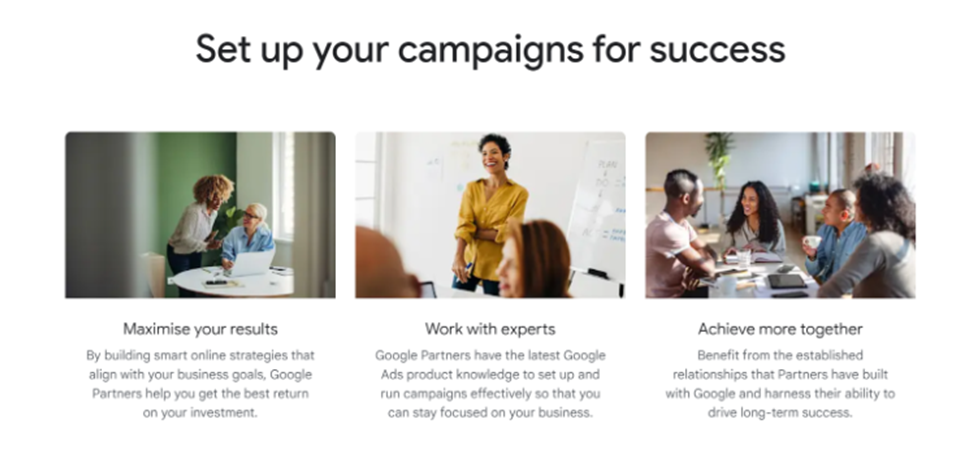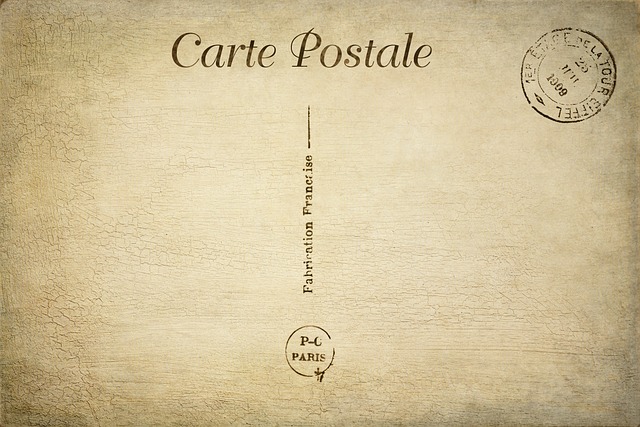Online Marketing: How to Make It Easy to Contact You
March 5, 20114 Steps to Evaluate Your Marketing Partners
March 18, 2011When you have your 7 keywords for every of your main pages, the next step is to place them on your website, in the correct way.
There are a few places where you definitely should have them – some are pretty obvious, some are slightly hidden – so let’s make sure you get them all right!
Title
<Title> is one of the most powerful SEO techniques you have, so make sure you use it creatively! When search engine results are displayed, e.g. on Google’s search results page, the title is the first thing people see as a link to your website.
You can also see the title of the website you are just viewing on the top of your browser window.
Thus each page should have a different <title> with 2 or 3 of your keyword phrases at the beginning. The title should explain in a few short words (your keywords) the intent of the page. Don’t put your company name first – place your keywords first and if you feel you absolutely must have the company name in the title, add it second.
Despite its importance, rather do not overdo it with the length of the <title> tag; 50-150 characters including spaces should be appropriate, even though some SEO gurus recommend 70 max. You also should make the title enticing, so that the viewers of search engines listings will click to see your website.
Description Meta Tag
Below the <title>, there is usually the description meta tag which is considered by Google as the first sentence on a page.
The Description Meta tag is also fairly important. Your description should have 2 or 3 of your keyword phrases at the beginning and so should your first sentence on the website. Just like the <title>, reflect the content and try to keep there no more than 200 characters including spaces. Change the words around enough so that you can hit various typings of your keywords.
Compared to title, description meta tag should be rather a sentence or two, not just a list of keywords. Make sure you use speech marks correctly as appropriate.
You should have a different title, description and a first sentence on each page. You may also want to try shorter titles with only one keyword or keyword phrase as this will raise you keyword relevance.
Keyword Meta Tag
Although many people rely on them so much when performing SEO, meta tags have decreased in importance recently, but are still worth using for clarity and search results. Their initial purpose was to help search engines find out important information about your page which they might have had difficulty determining otherwise.
The Keyword tag is now the least important but is still used by some engines. As you never know when the rules of the search engines will change, or a new engine will want them, so take the time to include these tags in all your web pages. We recommend you do not overdo it with keywords as well; your keyword meta tag should not exceed 250 characters including spaces.
When performing SEO, you should take the exact same keyword phrase from your keyword meta tag, and use it in the copy of your page, title tag, meta description, text content of the page etc. Any keyword phrases which are only used in your keyword meta tag, will not have enough prominence to help your listings for that phrase.
Now upload these meta tags to the web pages. You might need a hand from your web designer – it should be a very quick issue for them.



